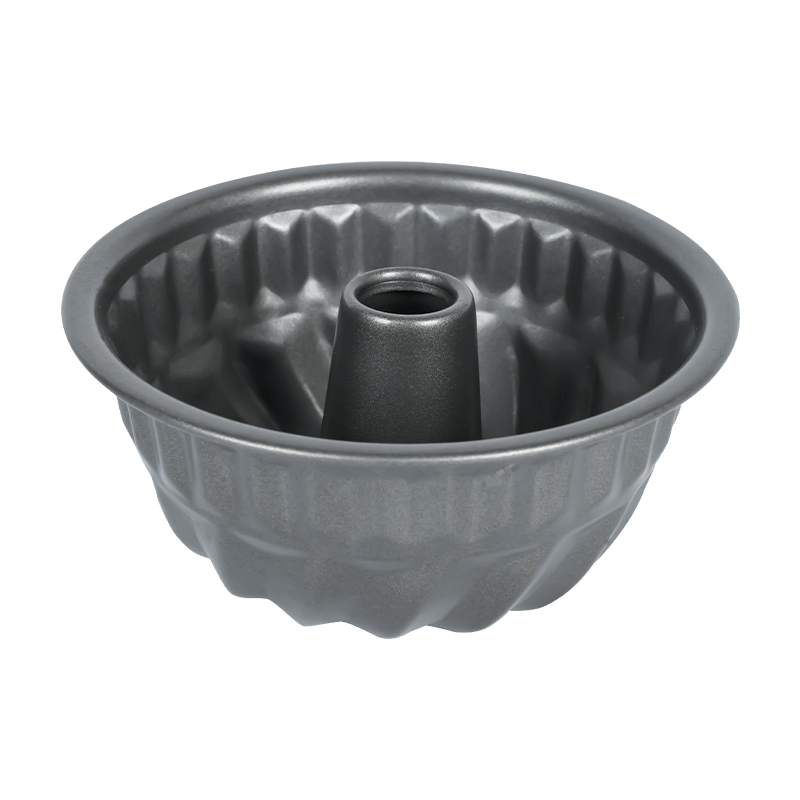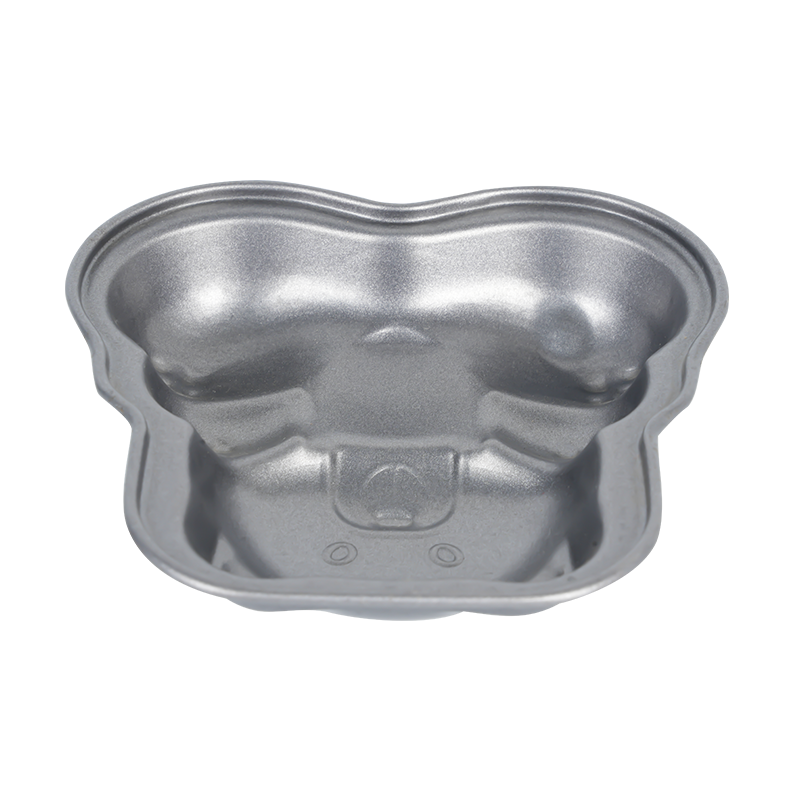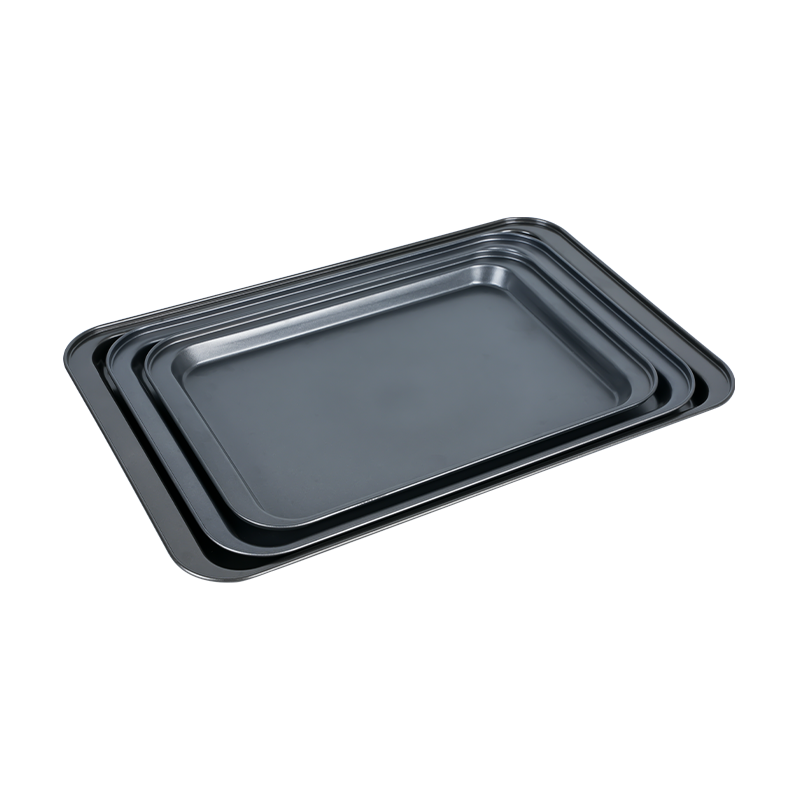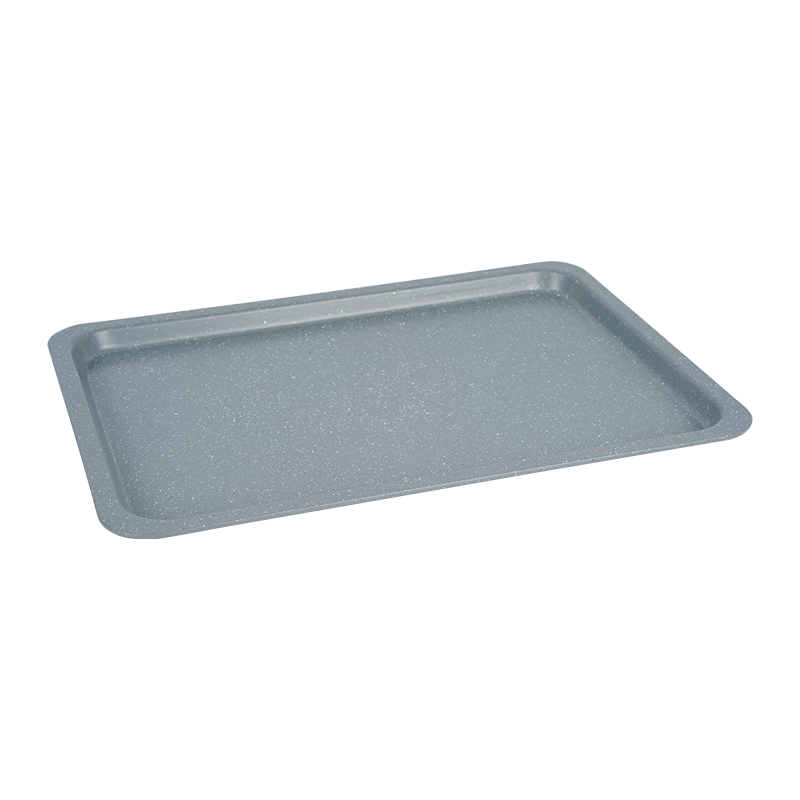The company relies on a high degree of brand awareness, fine product quality, convergence of multiple strong advertising media power, and through the integration of capital, knowledge, talent technology, channels, information operations.
The growing popularity of microwave-based cooking has brought with it a wave of innovative tools, including the Microwave Baking Tray. This tray is designed to help users quickly and easily prepare baked items in a microwave oven. While its convenience and speed are well recognized, many users still wonder about its durability. Can a Microwave Baking Tray withstand regular use, exposure to heat, and cleaning routines over time? The answer depends on several factors, including the material, quality of manufacture, and how well it is maintained.
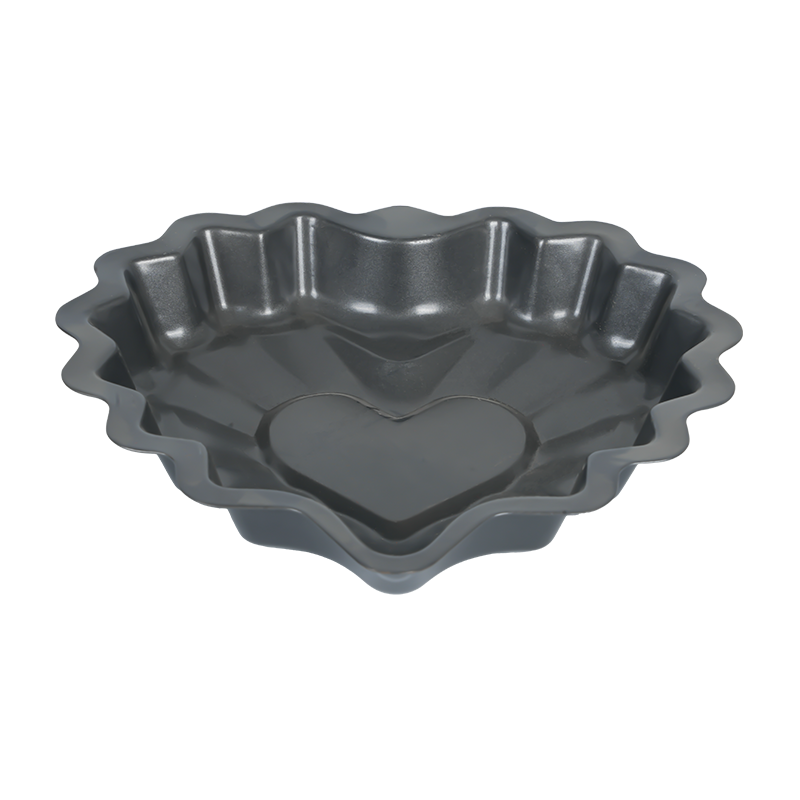
Most Microwave Baking Trays are made from silicone, microwave-safe plastic, or ceramic materials that are specifically engineered to withstand the rapid heating and cooling associated with microwave use. These materials are chosen for their ability to resist warping, cracking, and heat degradation. High-quality trays typically remain structurally sound even after hundreds of uses, especially when used within the manufacturer's recommended temperature range. Unlike metal trays that cannot go in a microwave, these purpose-built trays are made to handle microwave energy without damage.
One important factor affecting the durability of a Microwave Baking Tray is its exposure to extreme conditions. For instance, placing a cold tray directly into a microwave for a long heating cycle, or vice versa, can, over time, cause stress on the material. Similarly, using sharp utensils on the tray surface may scratch or degrade any non-stick coating it may have. Users who are careful to avoid these practices tend to experience a much longer lifespan from their trays.
Cleaning methods also play a significant role in determining how long a Microwave Baking Tray lasts. While many of these trays are dishwasher safe, frequent use of high-temperature dishwasher cycles or abrasive cleaning tools can accelerate wear and tear. To maintain the integrity of the tray, gentle handwashing with mild detergent is generally recommended. When used and cleaned properly, a good tray can last for several years without showing signs of deterioration.
Trays that include additional components, like browning plates or crisping layers, may require extra attention. These enhanced features can extend functionality but may also add complexity to care. For example, metal-infused browning inserts must be handled carefully to prevent bending or flaking. Despite these added components, most modern designs aim to balance performance with durability, ensuring that users don't need to replace them frequently under normal usage.
Another consideration is frequency of use. Households that bake occasionally may never notice wear, whereas those using a Microwave Baking Tray daily will naturally see signs of use more quickly. However, even under frequent use, a well-made tray can retain its shape, effectiveness, and safety features if treated with proper care. Most manufacturers provide durability estimates or warranty periods that reflect confidence in their product’s long-term performance.
The Microwave Baking Tray is generally a durable and resilient kitchen tool when used and maintained correctly. Its long lifespan makes it a worthwhile investment for home cooks who rely on microwave baking. While some trays may show minor signs of wear over time, especially with heavy or improper use, quality models are built to endure hundreds of baking cycles. With thoughtful care, this simple yet efficient tool can provide consistent performance for years, adding lasting value to any modern kitchen.

 English
English русский
русский Español
Español